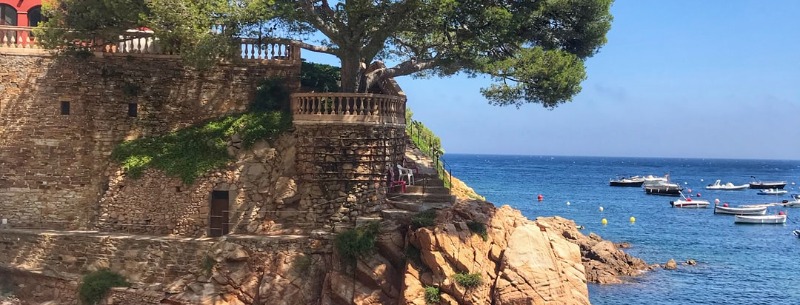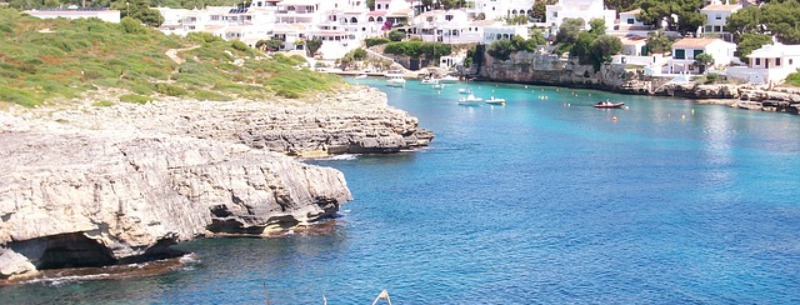Mediterranean Island Paradise in Menorca
Often and unfairly maligned as an overdeveloped, package-tourist nightmare, boomerang-shaped Menorca is, in fact, the least developed – and second largest – member of the Balearic Islands.
Unlike its neighbors, Mallorca (Majorca) and Ibiza, Menorca remains essentially rural, its rolling fields, wooded ravines and humpy hills filling out the interior in between its two main – but still small – towns of Mao and Ciutadella.
Much of this landscape looks pretty much as it did at the turn of the twentieth century and only on the edge of the island, and then only in parts, have its rocky coves been colonized by sprawling villa complexes.
Neither is the development likely to spread: the resorts have been kept at a discreet distance from the two main towns, and this is how the Menorcans like it.
Furthermore, determined to protect their island from the worst excesses of the tourist industry, the Menorcans have clearly demarcated development areas and are meanwhile pushing ahead with a variety of environmental schemes.
Menorca has beaches and lonely bays around it at a length of 216 kilometers.
The coves and beaches along the low coast of the island of Menorca have clean and crystal clear waters that contrast with the white color of the sand.
Southeast Of Ciutadella: Cala Turqueta
Beginning at the traffic island on c/Alfons V, the cross-country Cami de Sant Joan de Missa runs southeast from Ciutadella to the remote coves of the south coast. The one to head for is Cala Turqueta, a lovely cove flanked by wooded limestone cliffs.

About 3km from town, you reach the clearly marked farmhouse of Son Vivo, where the road branches into two with the more easterly (signposted) road leading to the Ermita de St Joan de Missa, a squat, brightly whitewashed church with a dinky little bell tower.
There’s a fork here too, but the signs are easy to follow and you keep straight with the road slicing across the countryside before swerving round the Marjal Vella farmhouse.
Shortly afterwards, about 4.3km from the church, you reach the start of the 1km-long, private lane that leads down to the little dell behind Cala Turqueta. The beach, a sheltered horseshoe of white sand, slopes gently into the sea, making ideal conditions for bathing, and because there are no facilities it’s most unusual to find a crowd.
Fornells
Northwest of Mao, the road to Fornells runs through some of Menorca’s finest scenery – the fields are cultivated and protected by great stands of trees, and the land rises as the road approaches Monte Toro and skirts round it to the north.

At the end of the road, just 25km from the capital, Fornells is a low-rise, classically pretty fishing village at the mouth of a long and chubby bay. Despite the lack of a decent beach, it has been popular with tourists for years, above all for its seafood restaurants, whose specialty, caldereta de llagosta ( langosta in Castilian), is a fabulously tasty – and wincingly expensive – lobster stew.
The wild and rocky coastline west of Fornells boasts several cove beaches of outstanding beauty. Getting to them, however, can be a problem: this portion of the island has barely been touched by the developers, so the coast is often poorly signposted and the access roads are of very variable quality – some are just dirt tracks. These access roads branch off from the narrow, asphalted country lanes which criss-cross the lovely pastoral hinterland.
Two excellent beaches to head for are Binimel-La and Cala Pregonda.
Public transport around here is, as you might expect, nonexistent, and the nearest car rental is back in Mao.
